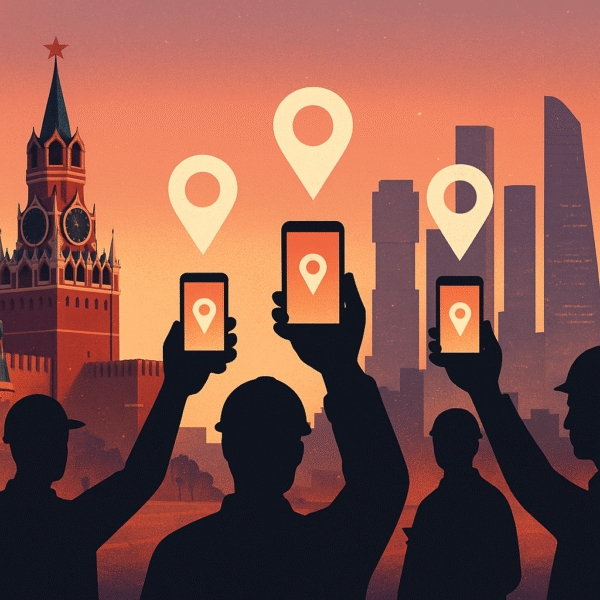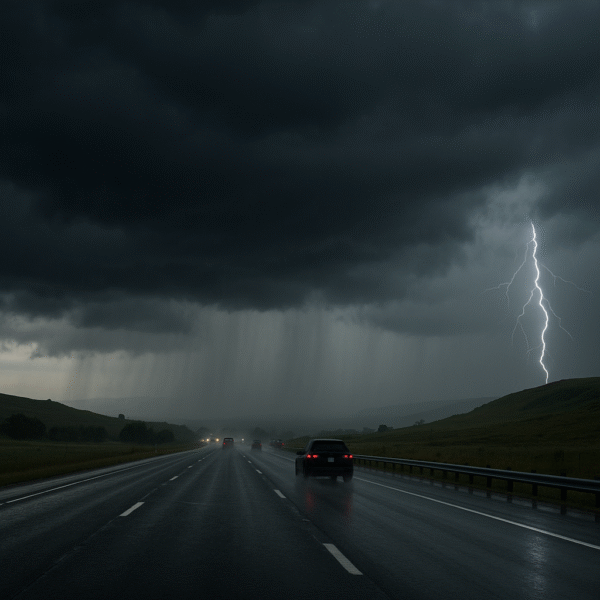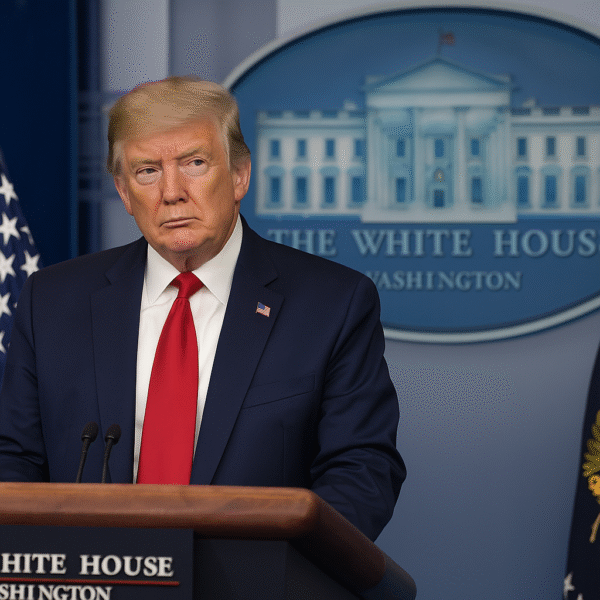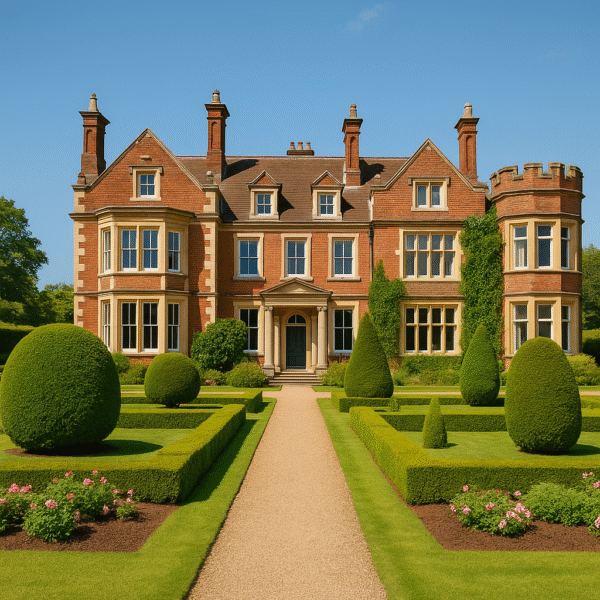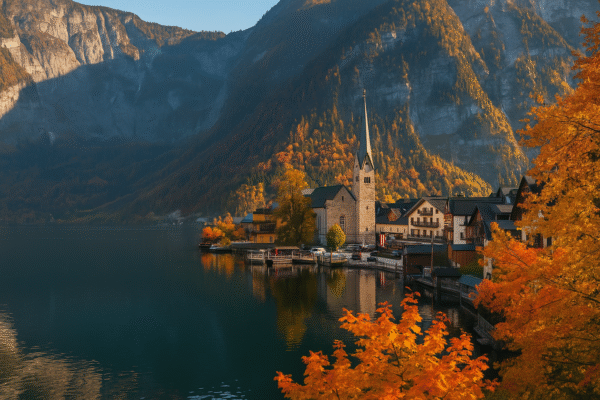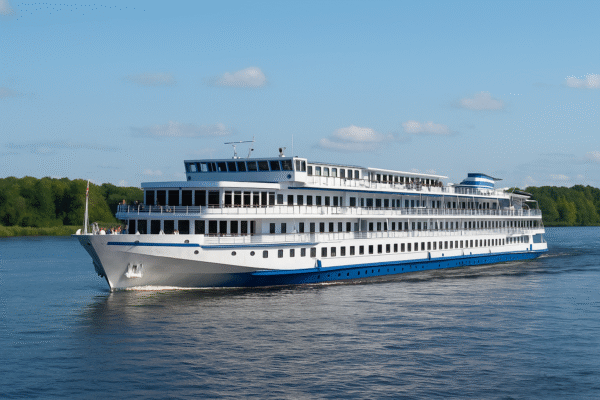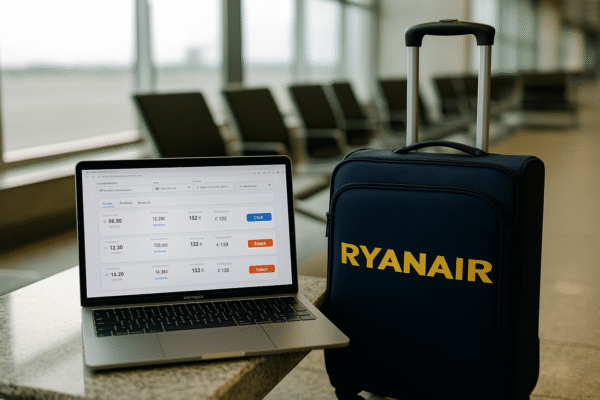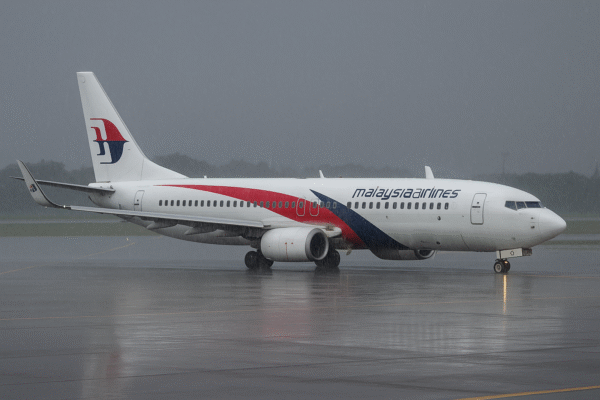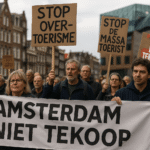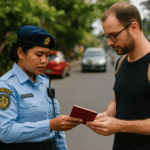Selfies and snapshots are a staple of modern travel—yet, in certain destinations, taking that perfect photo could have serious consequences. Across the globe, a growing number of tourist hotspots have imposed strict rules against photography to uphold safety, respect cultural norms, or preserve fragile environments. Below are 13 key places where a simple selfie might land you in legal trouble.
1. Running of the Bulls – Pamplona, Spain
Snapping a photo during the dangerous bull run is strictly prohibited. Authorities enforce this rule to eliminate distractions that could endanger runners and spectators alike.
2. Big Cats at Unaccredited Venues – New York (USA)
Taking selfies with big cats at unauthorized zoos or traveling fairs is illegal. The measure protects both wildlife and people, preventing potentially harmful wildlife interactions.
3. Sistine Chapel – Vatican City
Photography is forbidden to preserve the Chapel’s sacred atmosphere and protect delicate frescoes from the harmful impact of flashes.
4. Jewel House – Tower of London
Inside the Jewel House where the Crown Jewels reside, photography is banned. This ensures security and prevents potential threats to priceless royal artifacts.
5. Beaches Near Phuket International Airport – Thailand
These beaches are no-photography zones to avoid distractions to pilots during landing. The restriction is enforced strictly due to public safety concerns.
6. Lake Tahoe – California/Nevada (USA)
Approaching or trying to photograph bears in the wild is both dangerous and illegal, with authorities imposing fines to protect visitors and wildlife.
7. Anne Frank House – Amsterdam
Photography is banned inside the museum to preserve the solemn atmosphere and ensure respectful commemoration.
8. The Hajj – Mecca, Saudi Arabia
Photography during this sacred Islamic pilgrimage is discouraged, and in some cases, can draw penalties. The restriction preserves the spiritual focus of the event.
9. Railway Lines – Galle, Sri Lanka
Tourists posing on active railway tracks for dramatic photos have been fined and arrested—authorities crack down hard to prevent accidents.
10. No-Selfie Zones – Mumbai, India
Following fatal selfie-related accidents, over 20 zones including cliffs and beaches have been designated off-limits for photography to boost safety.
11. Westminster Abbey – London (UK)
While photos may be allowed during regular visiting hours, photography is typically banned during services to maintain reverence and minimize disturbance.
12. Plitvice Lakes National Park – Croatia
Straying off designated paths for better shots can lead to fines and injuries. Photography rules help safeguard both visitors and the park’s pristine environment.
13. Area 51 – Nevada (USA)
Close to this highly secure military zone, trespassing or photographing beyond public perimeters is illegal and can lead to arrests.
Real-Life Cautionary Example: Uluru, Australia
Travel bloggers encountered fines—or at least, warnings—for filming without proper permits in restricted areas of Uluru (Ayers Rock). Sensitive zones demand adherence to strict media rules, and even minor infractions can trigger retroactive penalties.
Why These Restrictions Matter
- Protecting Cultural and Sacred Heritage: Places like the Sistine Chapel, Anne Frank House, and the Hajj pilgrimage preserve solemnity by limiting photography.
- Ensuring Public and Wildlife Safety: In areas near wildlife or islands like Phuket airport beaches and Lake Tahoe, avoiding distractions keeps visitors and animals safe.
- Guarding Prized Artifacts and Artworks: Bans in places like the Jewel House reflect a commitment to protecting valuables and artwork from threat or damage.
Key Advice for Travelers
- Always Research Rules Beforehand: Check official guidelines—especially for museums, religious sites, and sensitive zones.
- Seek Required Permissions: Listed sites like Uluru may require prior permits for photography.
- Be Mindful and Respectful: Understand that restrictions serve a purpose—be it safety, cultural respect, or preservation.
For more travel news like this, keep reading Global Travel Wire

